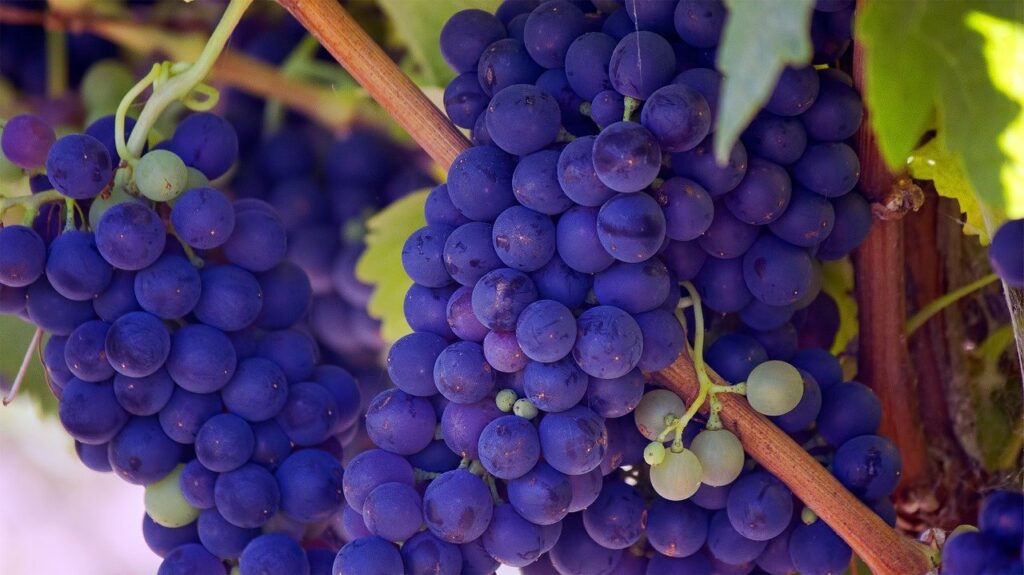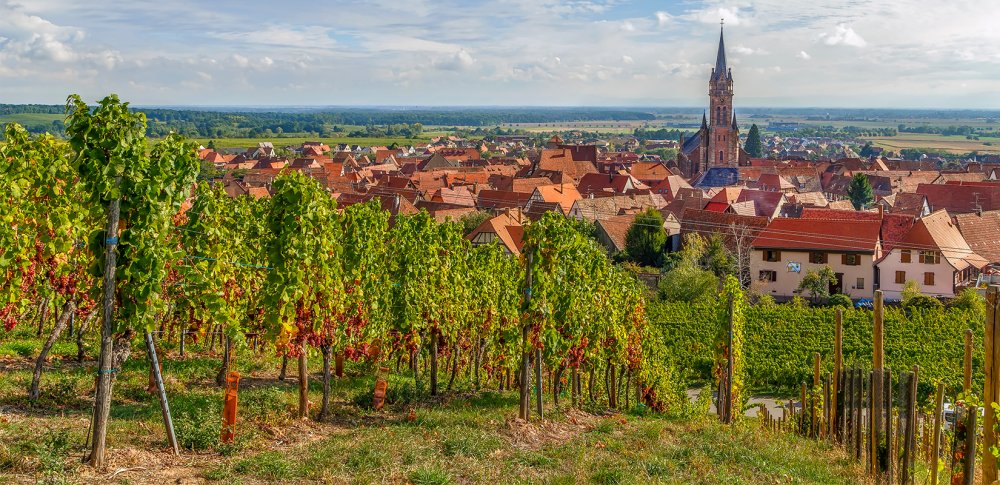Late harvesting produces exceptional wines. Harvested well after classic ripeness, the grapes gain in aromatic concentration. This technique produces a sweet wine rich in flavor and complexity. Wine-making follows a specific process, adapted to the unique characteristics of these grapes.
If you're interested in wine-related articles, download our app for IOS or Android. It will give you access to our wine lexicon, our articles and our innovative solution, designed for all wine consumers and collectors.
Understanding the late harvest
Late harvesting means picking the grapes several weeks after they have reached optimum ripeness. This allows the grapes to over-ripen naturally. The berries accumulate more sugar and develop intense aromas. Some regions even wait for noble rot to appear. This evolution concentrates flavors even further, resulting in an exceptional sweet wine.
Preferred grape varieties for this type of wine

The choice of grape variety strongly influences the late harvest style. In Alsace, Gewurztraminer and Riesling dominate. In the Southwest, Petit Manseng offers exotic notes. Some Loire wines use Chenin blanc for its freshness. Each grape variety reacts differently to over-ripening and botrytis. This choice determines the aromatic identity of the future sweet wine.
Ideal climatic conditions
A successful late harvest depends heavily on the climate. Sunny days and cool nights favor the concentration of sugars. A dry autumn helps avoid undesirable diseases. Some areas deliberately seek out noble rot to enrich the wine-making process. Conditions must remain stable to preserve the quality of the grapes.
The impact of over-ripening on aromas
Over-ripening concentrates sugars but also modifies the aromatic structure. Sweet wines from late harvesting offer notes of honey, candied fruit and spices. Some have delicate floral touches. The balance between sweetness and acidity remains essential. Too much sugar without freshness will unbalance the wine.
Key stages in wine-making
Wine-making begins with meticulous hand-picking. The grapes must be picked at the right time, sometimes in several passes. Fermentation proceeds slowly, as the concentration of sugar slows down the work of the yeasts. Careful aging, often in barrel, refines the texture of the sweet wine.
Sweet wine styles obtained
Not all late-harvest sweet wines are alike. Some have a syrupy, opulent richness. Others favor finesse with marked acidity. The final style depends on grape variety, terroir and winemaking choices. This diversity appeals to a wide range of wine-lovers who appreciate smoothness and elegance.
The ideal food and wine pairing
A sweet, late-harvest wine goes perfectly with foie gras. Blue-veined cheeses are another outstanding pairing. Fruity or marzipan-based desserts also sublimate this type of wine. Careful winemaking ensures balance and avoids heaviness.
Emblematic late harvest regions

Alsace is one of France's benchmarks for late harvesting. The South-West and Loire regions also produce great sweet wines. Internationally, Germany excels in this style, particularly with Riesling. Each terroir brings its own personality to wine-making.
Storage of late harvest sweet wines
A sweet wine from a late harvest often ages very well. The high sugar content acts as a natural preservative. Aromas evolve towards more complex notes over time. A good cellar ensures that the painstaking work of wine-making is preserved.
A tradition that still appeals today
Late harvesting combines ancestral know-how with modern adaptation. Winemakers innovate in their winemaking to meet today's tastes. This style seduces with its aromatic intensity and table versatility. Grape variety, terroir and climate shape each cuvée in a unique way.
If you enjoyed this article, don't hesitate to read the following one "Why has wine become a symbol of conviviality?"which may also be of interest to you!





